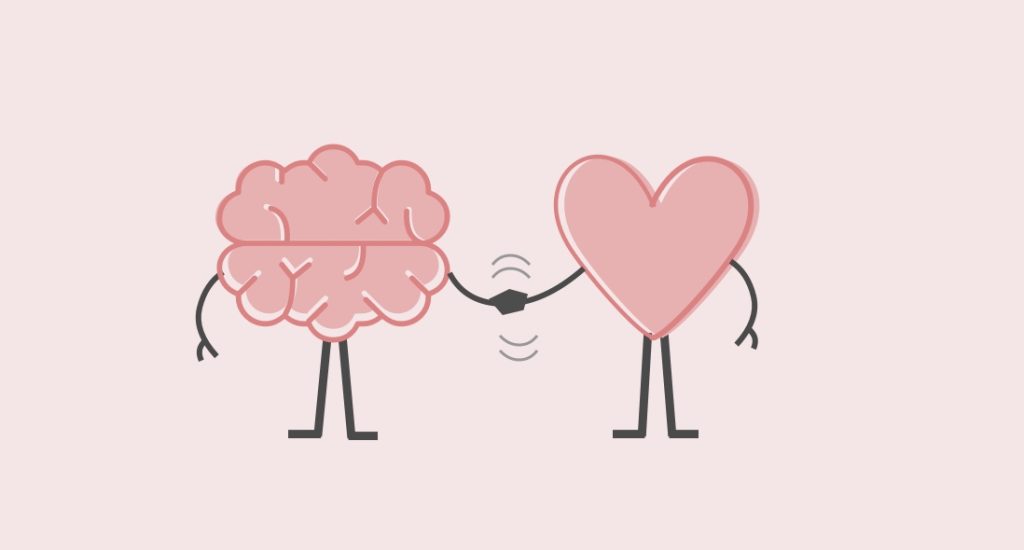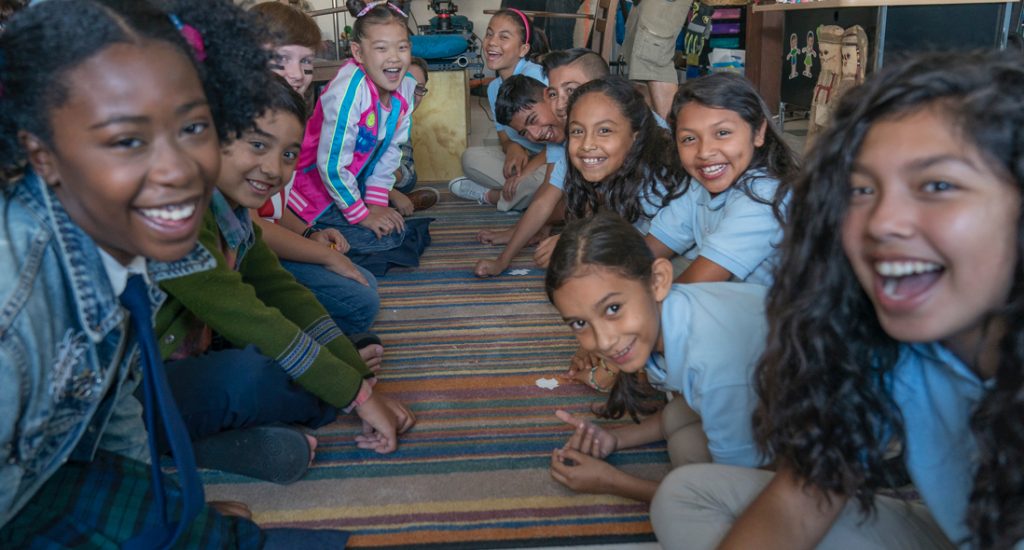Critical thinking is an essential skill in today’s classroom that not only benefits students’ academic learning but also supports social interactions and relationships as it is closely related to problem solving, perspective taking, and conflict resolution. Critical thinking helps students understand the difference between assumptions, opinions, and facts as well as how to investigate new ideas with an open and curious mind. It is one of four core skills we highlight in all Empatico activities to support meaningful connections between classrooms that meet and collaborate virtually through our online tool.
As an educator you can help your students practice critical thinking through a number of small yet meaningful daily practices, such as:
- Continually encourage students to ask “why” and “how” questions, and then help guide them through the process of considering answers to their questions and drawing conclusions based on what they learn.
- After reading stories or during historical/cultural studies, help students apply what they just learned to real-life situations or personal experiences.
- Model curiosity for testing one’s assumptions through language. For example, when learning about a new place or custom, reflect out loud with comments like ‘Wow, I’ve never seen that before. I wonder what it’s like and why they do that.’
- Support metacognitive skills by asking students to consider how their thinking has changed after learning something new.
Below are a few ‘mini-lessons’ you can also try in your classroom to practice critical thinking. These mini-lessons can be adapted to teach critical thinking across all elementary grade levels.
Mini-lessons to teach critical thinking in your classroom
Lesson #1: Incorporate critical thinking questions into a story reflection (estimated time: 30 min)
You can teach and reinforce critical thinking skills while reading almost any book or story, especially when the story involves characters making assumptions based on limited information (e.g., Fish is Fish; Seven Blind Mice). To promote critical thinking, you can pause periodically while reading the story to ask students a few questions relevant to the topics below:
Understanding character intentions:
- Why do you think the character did ______? Are there other explanations for this?
- Why do you think the character assumed _____?
- What was influencing the character when he or she decided to ______?
Making predictions:
- Based on what you know about the character, what might he or she do next? Why do you think that?
Investigating new information:
- What could the character do to investigate whether his/her assumptions are true or not?
Exploring logical reasoning and cause and effect:
- If the character did _______, what do you think would happen?
Applying knowledge to new contexts:
- When else have we seen this?
- How can we apply this situation/lesson to our own lives?
- When have you experienced something like this?
Considering how perceptions/knowledge can change:
- How did your thinking change as you learned more about the situation?
Lesson #2: Define and distinguish between ‘assumptions’ and ‘facts’ and introduce the ladder of inference (estimated time: 30 min)
Lead a class discussion by asking students what they think ‘assumption’ means and what makes it different from a fact. Write your class’s definitions on the board/chart paper for student reference.
- Guide students toward the understanding that an assumption is “a personal interpretation from your own point of view.”
- An assumption is similar to an educated guess or a hypothesis because it requires more information to discover whether it is true or false. People can have different assumptions about the same situation due to differences in past experiences, beliefs, and culture (this is a component of perspective taking).
- Be sure students know that it’s normal to make assumptions and that they aren’t inherently bad – we just have to realize that they are only hypotheses so we should be open to other explanations.
Reference the “Critical Thinking and the Ladder of Inference” graphic below, which is an Empatico adaptation for elementary grade levels of the original ‘ladder of inference’ model developed by Harvard Business School professor, Dr. Chris Argyris. The purpose of using the Ladder of Inference is to show students how to think critically about social situations before making assumptions about others. We want to avoid ‘running up the ladder too quickly’, because this can result in incorrect conclusions which can be hurtful to others.

Read a story in which a character makes incorrect assumptions because they were missing key information about the situation (e.g. The True Story of the Three Little Pigs). As students listen, ask them to think about the story from the perspective of the character who was missing information. After reading, have students work through the Ladder of Inference in small groups or as a class, from the perspective of that character. Remind students to start from the bottom, since they’re going ‘up’ a ladder.
Evidence:
- What did the character observe?
- Did the character have all the pieces of the story?
Assumptions:
- What assumptions does this character make about other characters?
- What are the reasons for those assumptions?
- What are other possible explanations?
Conclusions and actions:
- What are the character’s conclusions and actions based on his/her assumptions?
- Did the character run up the ladder too quickly?
Discuss what could have happened if the character had practiced critical thinking:
- What could the character have done to investigate his/her assumptions?
- How can the character test his/her assumptions?
- If the character had investigated or tested his/her assumptions and discovered all the pieces to the story, what new conclusions would the character have drawn? What new actions would s/he have taken?
- How would the character’s new actions have affected other characters? What would have been different?
Reflect by connecting to personal experiences:
- Has anyone ever made an assumption about you that wasn’t true? How did it feel?
- Have you ever made an assumption about another person that you later found out wasn’t true? What could you have done to make sure you had all the pieces to the story before you made this assumption?
- How can we apply what we learned about the Ladder of Inference to future situations, if we find ourselves making assumptions about others before knowing the whole story?
For additional ideas on how to promote critical thinking skills, check out the following articles:
Three tools for teaching critical thinking and problem solving skills
Teaching Strategies to Promote Critical Thinking
The 6 Types of Socratic Questions
To learn more about the Empatico Skills like critical thinking, read our recent posts on 21st century skills and teaching empathy. You can also explore the skills and additional mini-lessons by downloading our Empatico Skills Overviews & Mini-Lessons.



